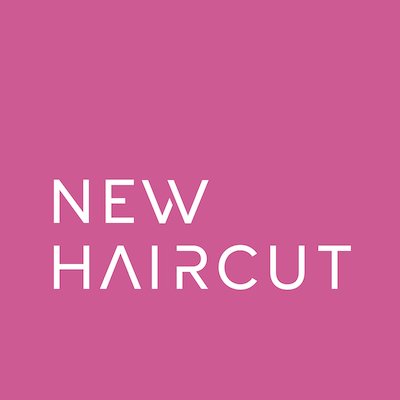Where do Product and UX meet?
Before we dive in, it's important we look back at how products were designed and developed several decades ago. Back then, CEOs, in addition to running the company, also acted as the company's product manager, designer, researcher, and customer. How is that possible? Pretty simple, actually.
The CEO would take notice of a problem that existed in their world (researcher), walk over to the engineering department to explain their vision (product manager), tell them how it should work and what it should look like (designer), and then provide feedback when the product was ready to be launched (customer). Life was easy. Also, many of those products totally sucked.
In more recent years, the roles of Product Manager, Designer, and Researcher have been peeled away from the CEO and given to others; at least, within companies who have developed products that solve real challenges and are loved by many. And these other folks have created organizations, frameworks, and disciplines to hone their skills, upskill their teams, and create successful products.
Sometimes, though, these people and their orgs take it too far.
Silos form when Product Managers and UX Leads begin marking their territory, "Product owns this and UX owns that." They get religious about methodologies, "We have Sprint Zero, but they use Design Sprints." The best (worst) is when you hear these groups say, "We all own the customer experience." This is code for, nobody owns it. Because sharing across silos is messy.
Little by little, we've gone from 1 extreme (CEO wears all hats at once) to another (many people wear many hats). In the former, we'd move quickly with poorly defined products that solved unimportant problems. In the latter, we grind to a halt, with poorly defined products that have been reprioritized dozens of times, locked in research for months, and ultimately killed before getting to market.
So, again, where might Product and UX meet?
In my experience, Product Managers tend to focus on, well, the product... How it generates engagement, stokes brand loyalty, and, of course, drives revenue. They tend to love data to inform their decisions and bring clarity to their product strategy and ensuing roadmaps.
UXers place the majority of their attention on the user, customer, fan, student, administrator; aka the human having the experience that the product is attempting to solve for. UXers love insights that come from observing, interviewing, and learning from their users.
It would seem that these 2 functions, Product & UX, would be very complementary to each other when creating products together. And this is 100% true within companies who have figured out how to focus on the intersection between company and customer. An imbalance, 1 way or the other, will stymie trust, creativity, and innovation.
Within the Product & UX groups I work with that go on to create revenue-generating, customer-centered products, success is rooted in how these projects kick off. As their Facilitator, I encourage Product to ensure everyone understands and remains aligned on what's important to the business - this is Business Design. Then, with this clarity and constraint, I invite UX to ground the team in related customer problems to solve. From here, a cross-functional team can efficiently ideate, prototype, and test solutions that serve the company and customer - this is Design Thinking.
Within these squads, everyone truly does own the customer experience, just as everyone understands the focus & constraints of the business. This is team collaboration that's been coordinated, planned, and facilitated. And this is how great products, that solve complex problems, get built.


